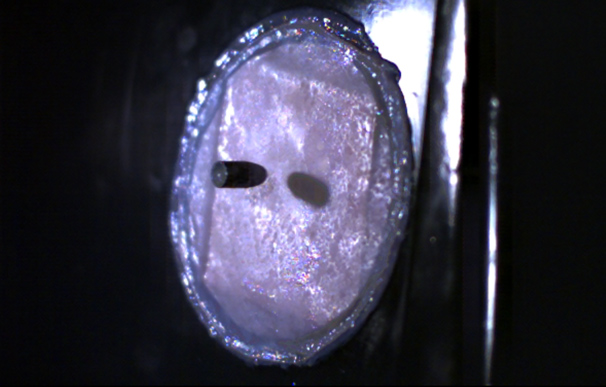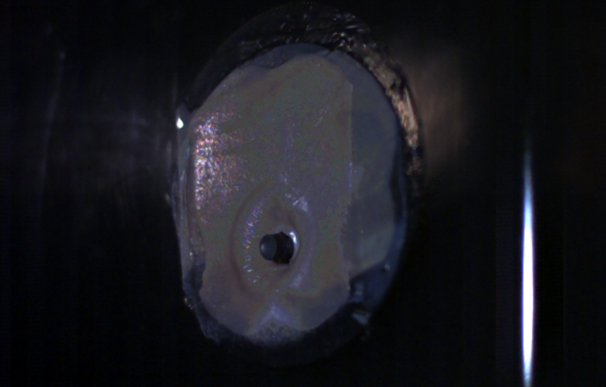'Bulletproof Human Skin' Lives Up to Name, Sort Of

Take a pinch of Spider-Man's webbing, add some human skin cells, and you just may end up with skin worthy of Superman. A Dutch team created a piece of "bulletproof" skin from special, U.S.-made spider silk and human skin cells and found that it indeed can repel bullets — as long as they're not traveling too fast.
The bulletproof skin showed its superiority over normal human skin by stopping a bullet fired at a reduced speed. But it fell short of surviving a shot at normal speed from a .22 caliber rifle, the benchmark for protection for a Type 1 bulletproof vest.
The result did not discourage Jalila Essaidi, the Dutch artist who, along with the Forensic Genomics Consortium Netherlands, created the skin. She just wanted an art project demonstrating the relative concept of safety.
"Even with the 'bulletproof' skin being pierced by the faster bullet, the experiment is, in my view, still a success," Essaidi said. "The art project is based on and leads to a debate on the question, 'Which forms of safety are socially important?'"
The special brand of spider silk came from genetically modified goats and worms at Utah State University in Logan. U.S. researchers have spent years harvesting the spider silk protein from the goat milk to try to make new types of super-strong fibers.
Essaidi combined the spider silk with human skin cells from Leiden University Medical Center in the Netherlands.
Such skin is still a long way from adding practical protection to humans, but it gives a glimpse of what future soldiers or would-be superheroes might expect. After all, the U.S. military and other armed forces have continually sought new ways to bulletproof their warriors on the battlefield, and also have shown interest in discovering the ultimate warrior genes.
Get the world’s most fascinating discoveries delivered straight to your inbox.
For now, anyone can check out the bulletproof skin in Leiden, Netherlands; it's on display at the National Natural History Museum Naturalis until Jan. 8, 2012.
This story was provided by InnovationNewsDaily, a sister site to LiveScience. Follow InnovationNewsDaily on Twitter @News_Innovation, or on Facebook.
 Live Science Plus
Live Science Plus








